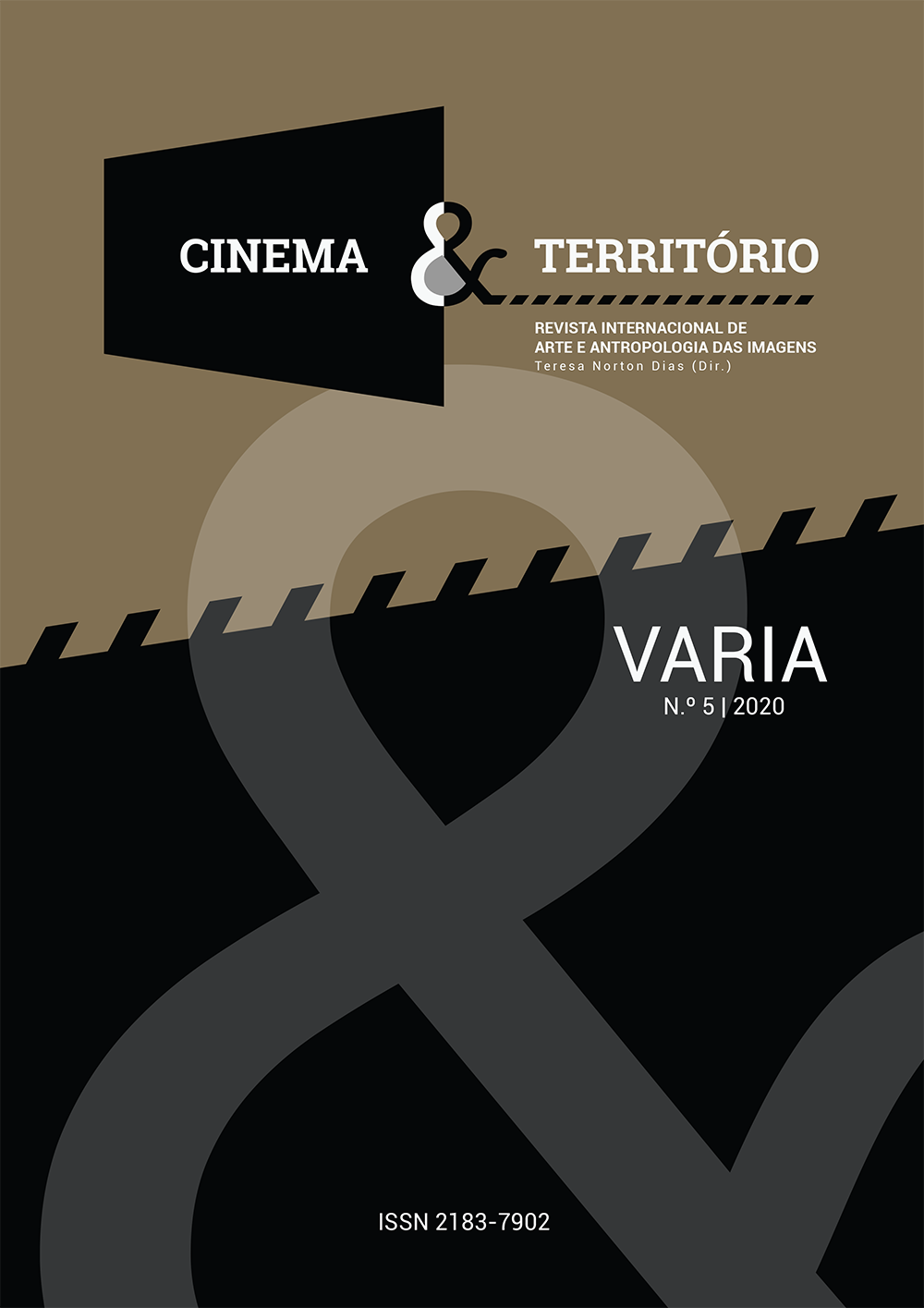"Black sun": identities and conflict in the globalised city
DOI:
https://doi.org/10.34640/UNIVERSIDADEMADEIRA2020REQUIOKeywords:
globalización, arts-based research, Japan, racism, globalisationAbstract
This article takes the 1964 Japanese film Black sun, directed by Koreyhosi Kurahara in 1964, as its starting point and uses the concept of Arts-Based Research as the main methodological tool. The work provides a series of useful elements for the understanding of some transformations verified in the post-World War II Japanese society, such as the appearance of a youth in permanent revolt with social norms, consumption and mass culture, the relationship of the japanese society with exogenous figures and also symbolic and material changes in urban morphology during the globalization process. At the same time, Black sun also focuses on themes such as structural racism, aimed at Afro-descendant communities, and the stereotyping of their figure through mass culture.
References
Becker, H. S. (2007). Parables, Ideal Types, and Mathematical Models. Becker, H.S. (org.). Telling About Society (pp. 150-166). Chicago: University of Chicago Press.
Campos, L. (2007). Introdução à globalização. Universidade de Évora.
Cousins, M. (2005). Biografia Do Filme. Lisboa: Editorial Plátano.
Desyllas-Capous, M. M. K. (2018). Creating Social Change Through Creativity.
Creating Social Change Through Creativity (pp. 7–17). California State University.
Duggan, C. (2013). Occidentalism In Japan: Representing and Consuming the Western Other(s). Disponível em: https://www.academia.edu/3403746/Occidentalism_in_Japan_Representing_and_Consuming_the_Western_Other_s_
Helsby, W. (2005). Representation Theories. Helsby, W. (org.). Understanding Representation (pp. 3–25). London: British Film Institute.
Henshall, K. (2016). História do Japão. Lisboa: Editorial 70.
Lima, E. F. W. (2013). Representações da cidade na cena e nas políticas públicas.
Fortuna, C.; Bógus, L., Corá, M., Júnior, J. (org.). Cidade e Espetáculo: a cena teatral luso-brasileira contemporânea (p.65-80). São Paulo: EDUC.
Martín, M. P. C. (2011). The "Period of Transition" In the Japanese Youth Cinema 1956-1960: From the Taiyozoku Phenomenon to the New Wave. Disponível em:
McClementes, N. (2016). Samurain, Sarariiman, Shufu: Chanching Stereotypes of Masculinity in Post-War Japan. London: University of London. Disponível em: https://www.academia.edu/26990739/Samurai_Sarariiman_Shufu_Changing_Stereotypes_of_Masculinity_in_Post-war_Japan
Swidler, A. (1986). Culture in action: Symbols and Strategies. American Sociological Review, Vol. 51, No2, (p.273–286). Disponível em: http://webarchiv.ethz.ch/soms/teaching/OppFall09/SwidlerCultureInAction.pdf
Filmografia
Nikkatsu (Produção) & Kurahara, K. (Realizador). (2011) [1960]. Kyonetsu no kisestsu. [DVD]. Japão: Nikkastu.
Nikkatsu (Produção) & Kurahara, K. (Realizador). (2011) [1964]. Kuroi Taiyô [DVD]. Japão: Nikkastu.
Downloads
Published
How to Cite
Issue
Section
License
Copyright (c) 2020 Pedro Miguel Jorge Réquio

This work is licensed under a Creative Commons Attribution-NonCommercial 4.0 International License.
For more information follow the link: CC Atribuição-NãoComercial 4.0








